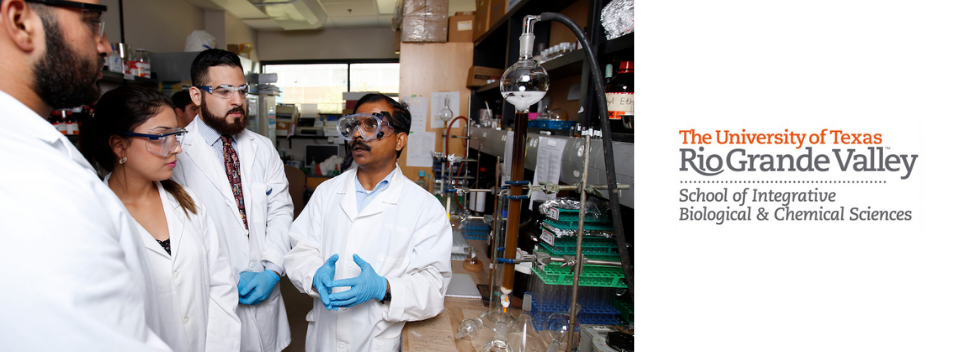
School of Integrative Biological & Chemical Sciences Faculty Publications and Presentations
Document Type
Article
Publication Date
8-2024
Abstract
Determining the most appropriate stocking density for a specific fish species in an ambient condition is essential for successful cage aquaculture in terms of profitability which is mainly governed by growth. The current study was conducted to ascertain which stocking density gives the best result of widely cultured species in cage aquaculture, pangas (Pangasianodon hypophthalmus), at swamp forest environment of Ratargul Freshwater Swamp Forest, Bangladesh in terms of growth, production and economic return. Fish were reared for 93 days at three stocking densities, namely 30, 40 and 50 fish/m3 which were denoted as FSD30, FSD40 and FSD50, respectively, containing three replications of each. Growth and yield comparisons indicated that the stocking density of fish had significant (p < 0.05) effects on growth rate and productivity. Fish cultivated at the maximum density (FSD50) had lower mean weights than fish reared at lower densities. The significantly highest mean weights (376.58 ± 14.65 g) and benefit–cost ratio (BCR) (1.617 ± 0.035) obtained from FSD30 show the suitability of this density in terms of fish growth and profitability of pangas in swamp forest environment.
Recommended Citation
Kunda, Mrityunjoy, Md Abu Kawsar, Diponkor Adikari, Sakib Tahmid Rishan, Ahmed Harun‐Al‐Rashid, and Debasish Pandit. "Investigation of the pangas (Pangasianodon hypophthalmus) cultivation sustainability in cages at the Ratargul Freshwater Swamp Forest of Bangladesh." Aquaculture, Fish and Fisheries 4, no. 4 (2024): e193. https://doi.org/10.1002/aff2.193
Creative Commons License

This work is licensed under a Creative Commons Attribution 4.0 International License.
Publication Title
Aquaculture, Fish and Fisheries
DOI
https://doi.org/10.1002/aff2.193


Comments
Student publication. © 2024 The Author(s). Aquaculture, Fish and Fisheries published by John Wiley & Sons Ltd.
This is an open access article under the terms of the Creative Commons Attribution License, which permits use, distribution and reproduction in any medium, provided the original work is properly cited.